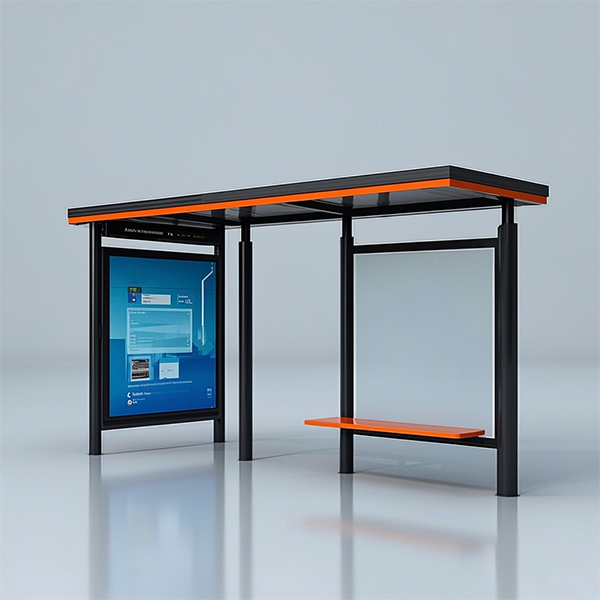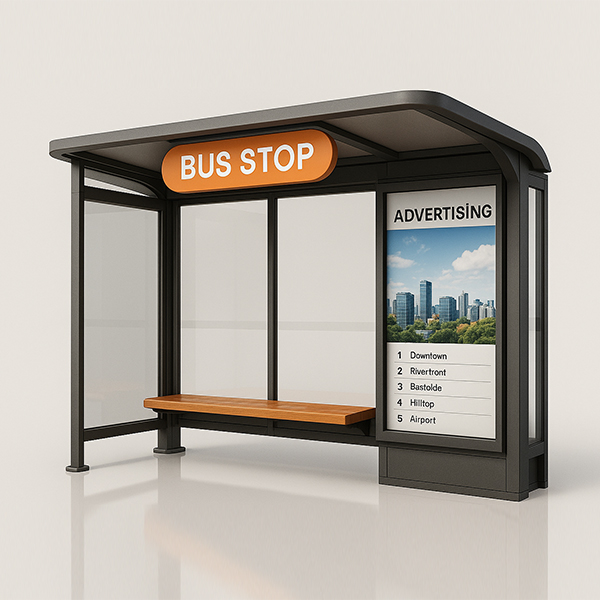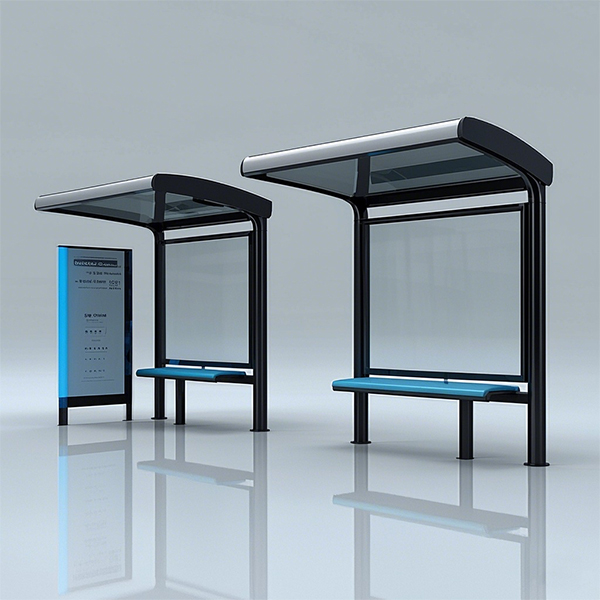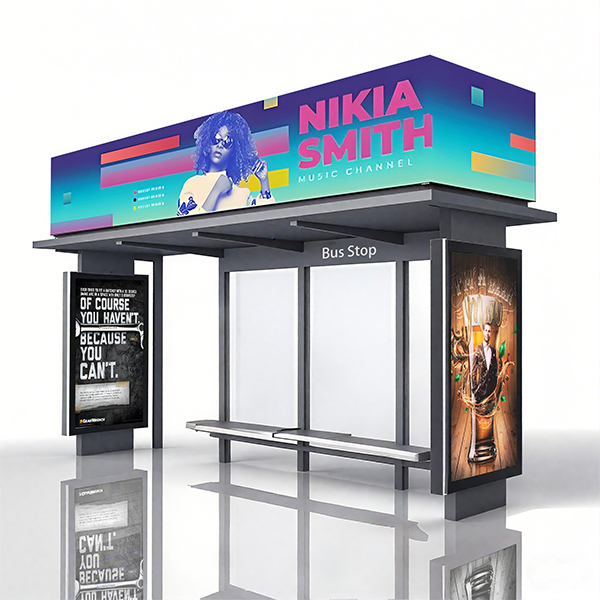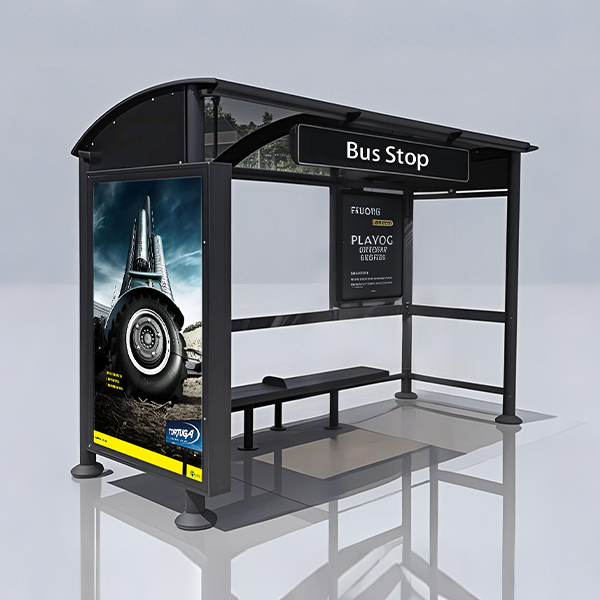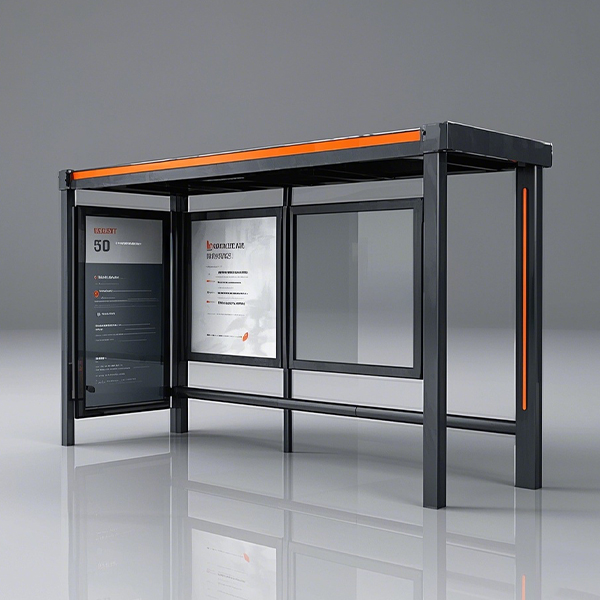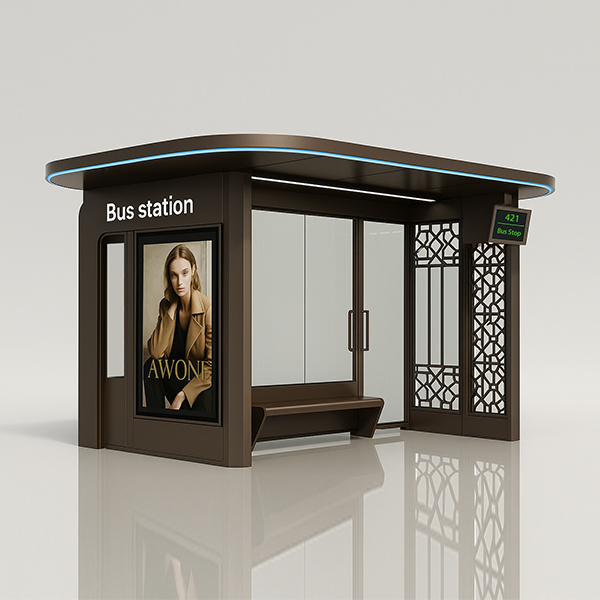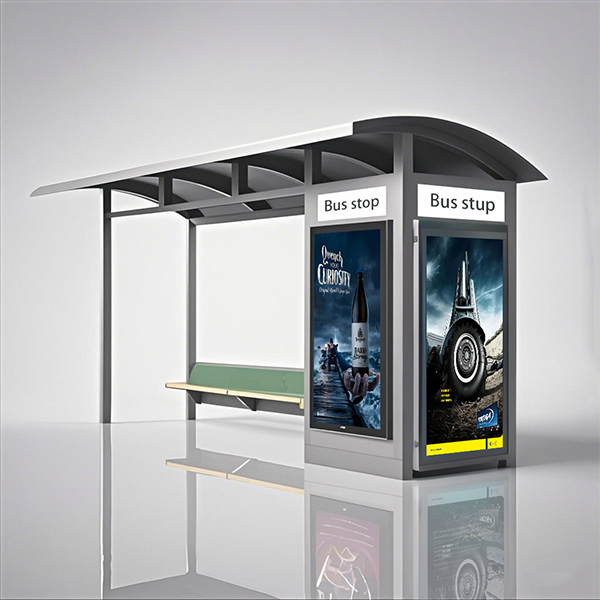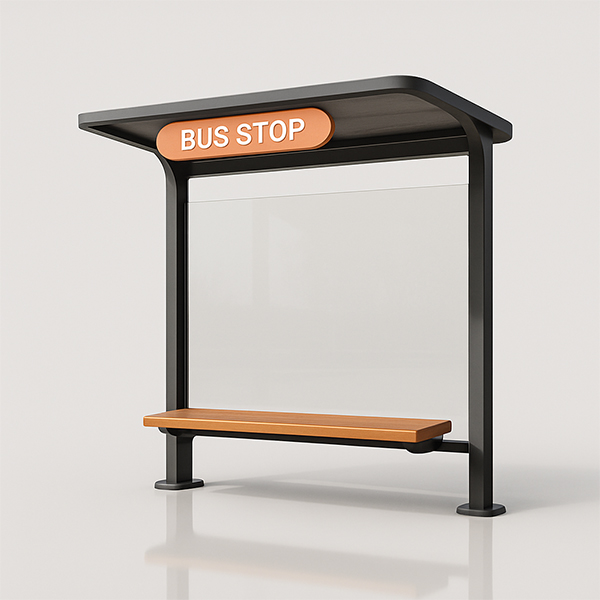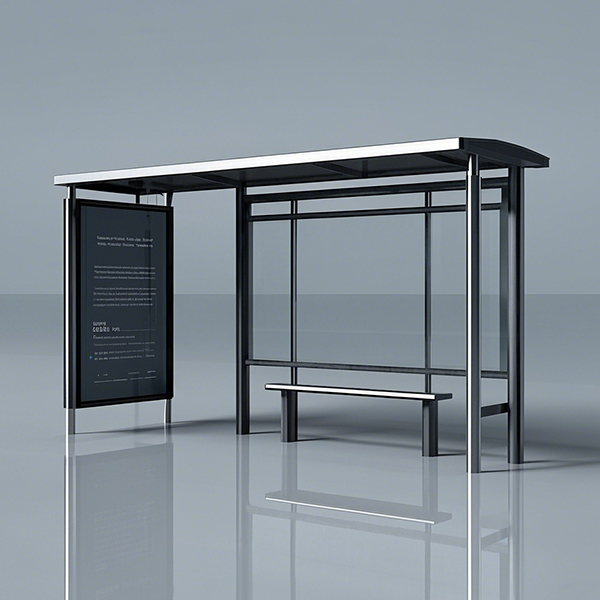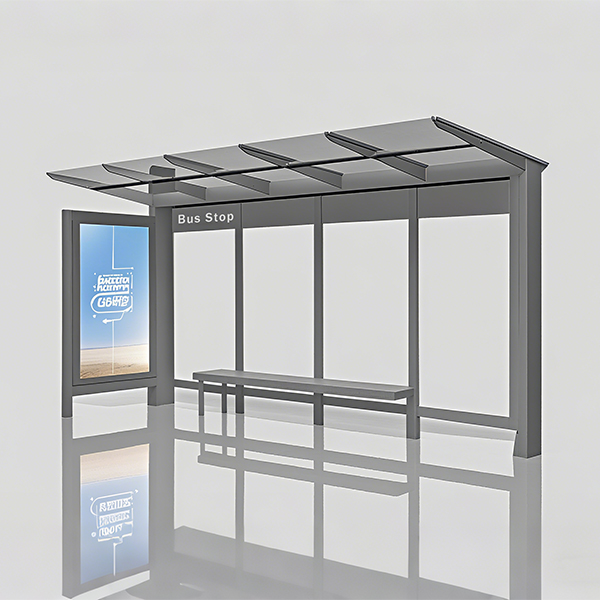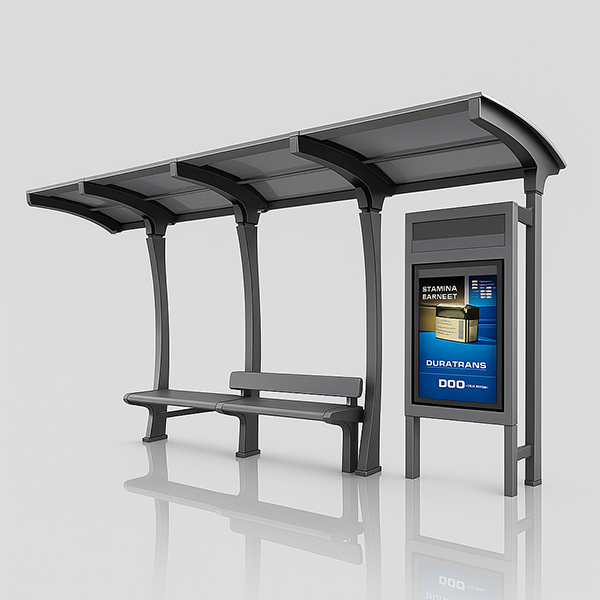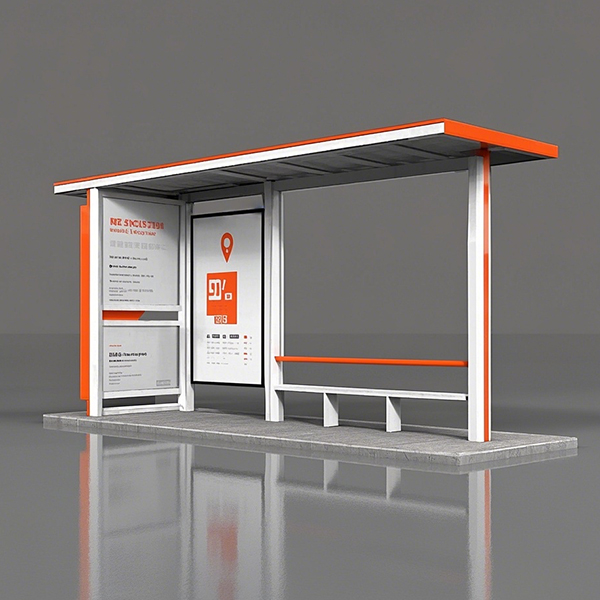
small bus shelter
This guide explores everything you need to know about selecting and implementing the ideal small bus shelter for your community. We'll cover design considerations, material choices, accessibility requirements, and cost-effective solutions. Learn how to choose a small bus shelter that enhances safety, comfort, and the overall aesthetic of your area.
Understanding Your Needs: Sizing and Location
Determining the Right Size for Your Small Bus Shelter
The size of your small bus shelter depends heavily on the anticipated ridership and the available space. Consider factors like average wait times, peak hours, and the number of potential passengers. Smaller shelters are suitable for less frequented routes or locations with limited space. Larger shelters might be needed for busy routes or areas with higher passenger volume. Remember to check local building codes and regulations for specific size limitations.
Strategic Placement for Maximum Impact
The location of your small bus shelter is critical for passenger safety and convenience. Prioritize visibility for both drivers and passengers. Choose a spot with good lighting, clear sightlines, and easy access for individuals with disabilities. Consider factors like pedestrian traffic, proximity to crosswalks, and potential obstructions. The goal is to provide a safe and accessible waiting environment.
Material Selection: Durability and Aesthetics
Popular Materials for Small Bus Shelters
Several materials offer a balance of durability, aesthetics, and cost-effectiveness. Popular choices include:
- Aluminum: Lightweight, corrosion-resistant, and relatively easy to maintain.
- Steel: Strong and durable, but requires regular maintenance to prevent rust.
- Glass: Offers good visibility but can be more fragile and requires careful handling. Consider laminated glass for added safety.
- Wood: Can add a unique aesthetic, but requires more maintenance than other materials and may not be suitable for all climates.
- Composite Materials: Offer a combination of strength, durability, and low maintenance.
Considering Sustainability in Your Choice
Sustainability is increasingly important. Look for shelters made from recycled materials or those designed for energy efficiency. Some manufacturers offer options with solar-powered lighting or integrated heating/cooling systems. Choose materials with a long lifespan to minimize waste and environmental impact.
Accessibility and Safety Features
Ensuring Accessibility for All Passengers
Compliance with accessibility standards, such as the Americans with Disabilities Act (ADA), is paramount. This includes features like ramps, handrails, sufficient space for wheelchairs, and tactile paving. Clear signage and lighting are also essential for those with visual impairments.
Safety Considerations for Your Small Bus Shelter
Safety is a top priority. Ensure adequate lighting, both inside and outside the shelter. Consider security features like CCTV cameras or emergency call buttons. Robust construction materials can also deter vandalism. Proper drainage is essential to prevent water accumulation and slips.
Budgeting and Installation
Estimating Costs for Your Small Bus Shelter
The cost of a small bus shelter varies greatly depending on size, materials, features, and installation. Obtain quotes from multiple suppliers to compare prices and features. Consider factors like delivery, installation, and any necessary site preparation.
Working with Suppliers and Installers
Choosing a reputable supplier and installer is crucial. Look for companies with experience in designing, manufacturing, and installing small bus shelters. Check reviews and references before making a decision. Ensure the chosen company can provide necessary permits and comply with relevant regulations. For high-quality small bus shelters, consider contacting Shandong Luyi Public Facilities Co., Ltd. for their expert solutions.
Maintenance and Long-Term Care
Regular Maintenance for Extended Lifespan
Regular maintenance is essential to extend the lifespan of your small bus shelter. This includes cleaning, inspecting for damage, and addressing any necessary repairs promptly. A well-maintained shelter will provide reliable service for years to come.
| Material | Pros | Cons |
|---|---|---|
| Aluminum | Lightweight, corrosion-resistant, low maintenance | Can dent |
| Steel | Strong, durable | Requires regular maintenance to prevent rust |
Remember to always check local regulations and building codes before purchasing and installing your small bus shelter.
Соответствующая продукция
Соответствующая продукция







